Angular for Beginners Course (includes FREE E-Book)
Updated to Angular 13: A quick introduction to the Angular framework, focusing on its most commonly used parts
What you’ll learn
Angular for Beginners Course (includes FREE E-Book)
- Code in Github repository with downloadable ZIP files per section
- Feel comfortable using the most commonly used features of the Angular framework
Requirements
-
Just some HTML, CSS, and Javascript
Description
There is a lot to learn about the Angular framework, which can be a bit daunting, especially for beginners. But the good news is that there are some parts of the framework that are used much more often than others. In fact, in Angular, you will be using 10% of its features maybe 90% of the time!
If you are going to learn Angular, why not focus first on the features that you will be using all of the time, and leave the more advanced parts for later in your learning process?
Course Overview
This course is a beginner-friendly introduction to the Angular framework. In this course, we are going to start by setting up your development environment, and we will use the Angular CLI to quickly scaffold a small Angular project from scratch.
Using this initial playground, we are then going to answer some of the most common Angular questions:
Why Angular, what are its main advantages and key features? We will answer this by demonstrating how the change detection mechanism works and introducing some of the Angular template syntaxes.
We will then cover the most commonly used parts of the Angular framework that you are going to be using all the time: Components, Pipes, Services, and Core directives, among others.
Table of Contents
This course covers the following topics:
- Custom components with @Component
- Components @Input and @Output, event Emitters
- ngFor
- I
- ngClass
- InStyle
- switch
- Built-In Pipes
- Async Pipe
- Custom Pipes
- @Injectable and Custom Services
- HTTP Client – GET POST PUT DELETE
What Will You Learn In this Course?
This course will give you a practical hands-on introduction to the Angular framework. After taking this course you will feel very comfortable navigating the code of an existing Angular application and finding your way around it, and you will know how to build your custom components.
Who this course is for:
- Developers looking to get started quickly in the Angular framework
- Developers looking to learn first the most commonly used parts of Angular
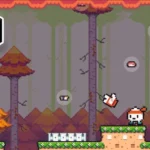



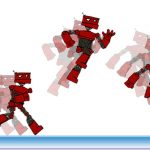

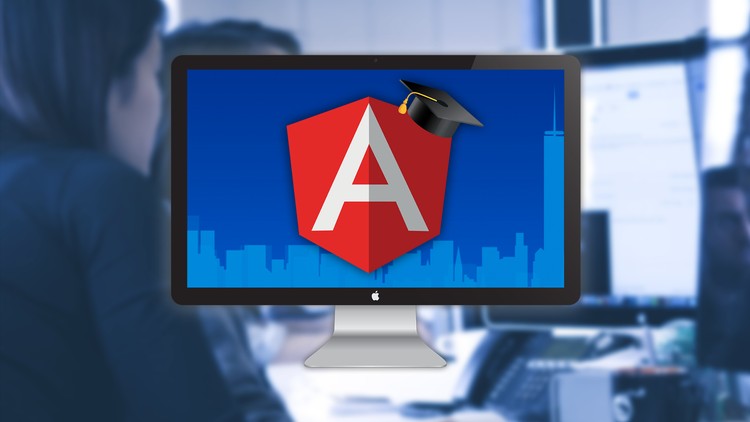

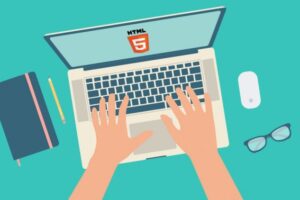
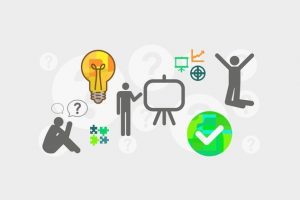
Add Comment